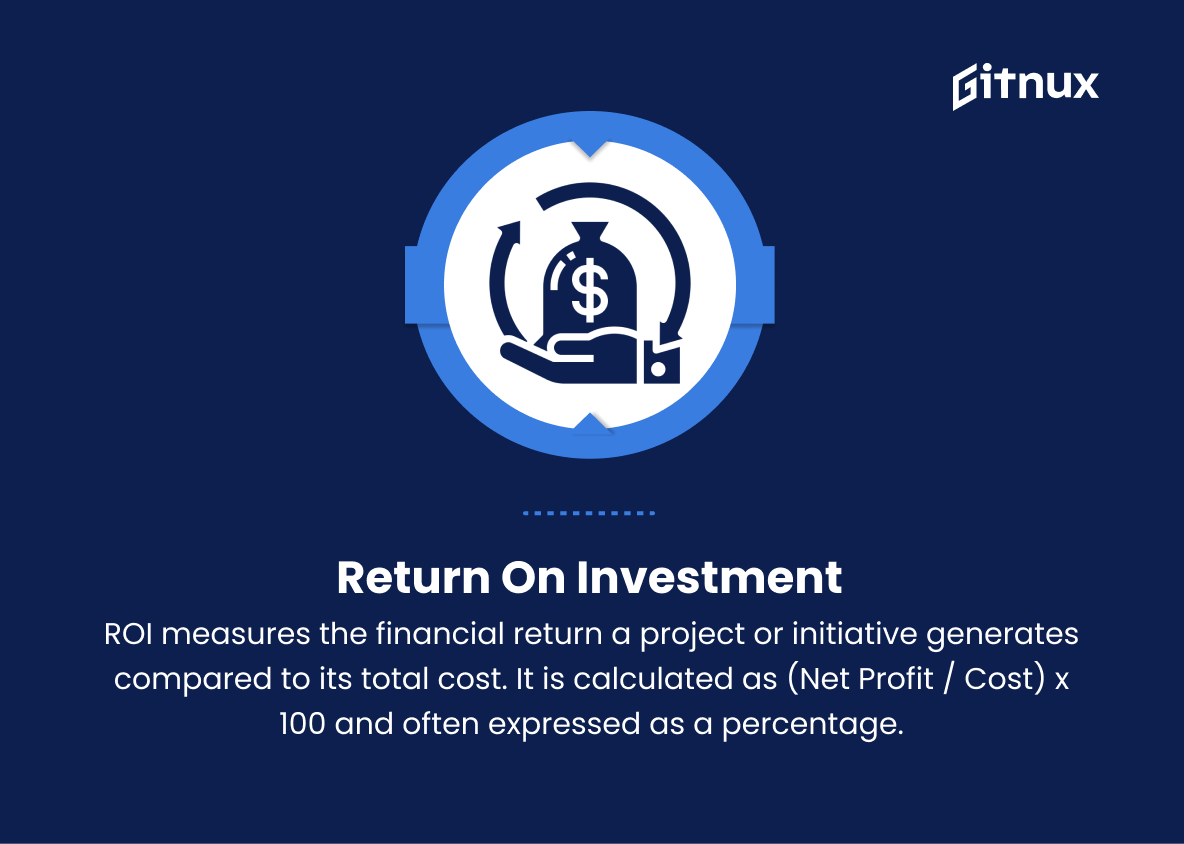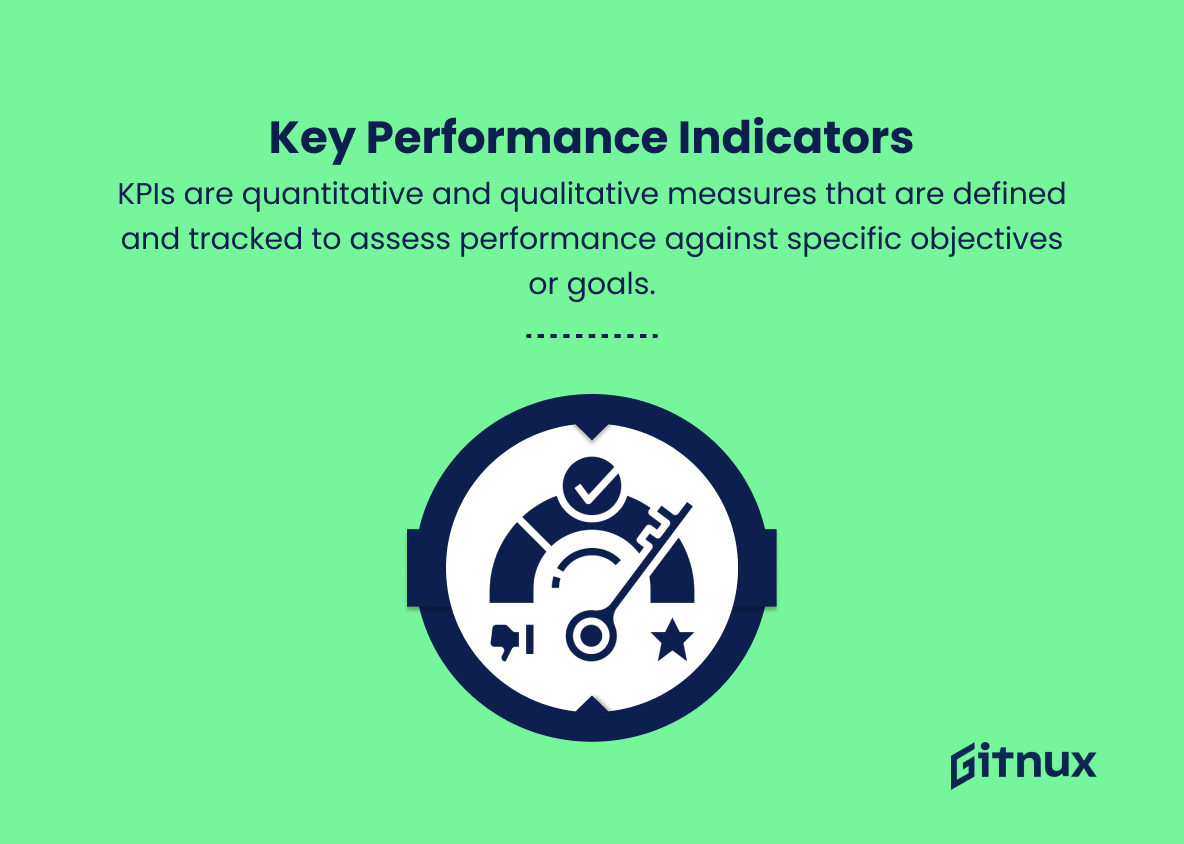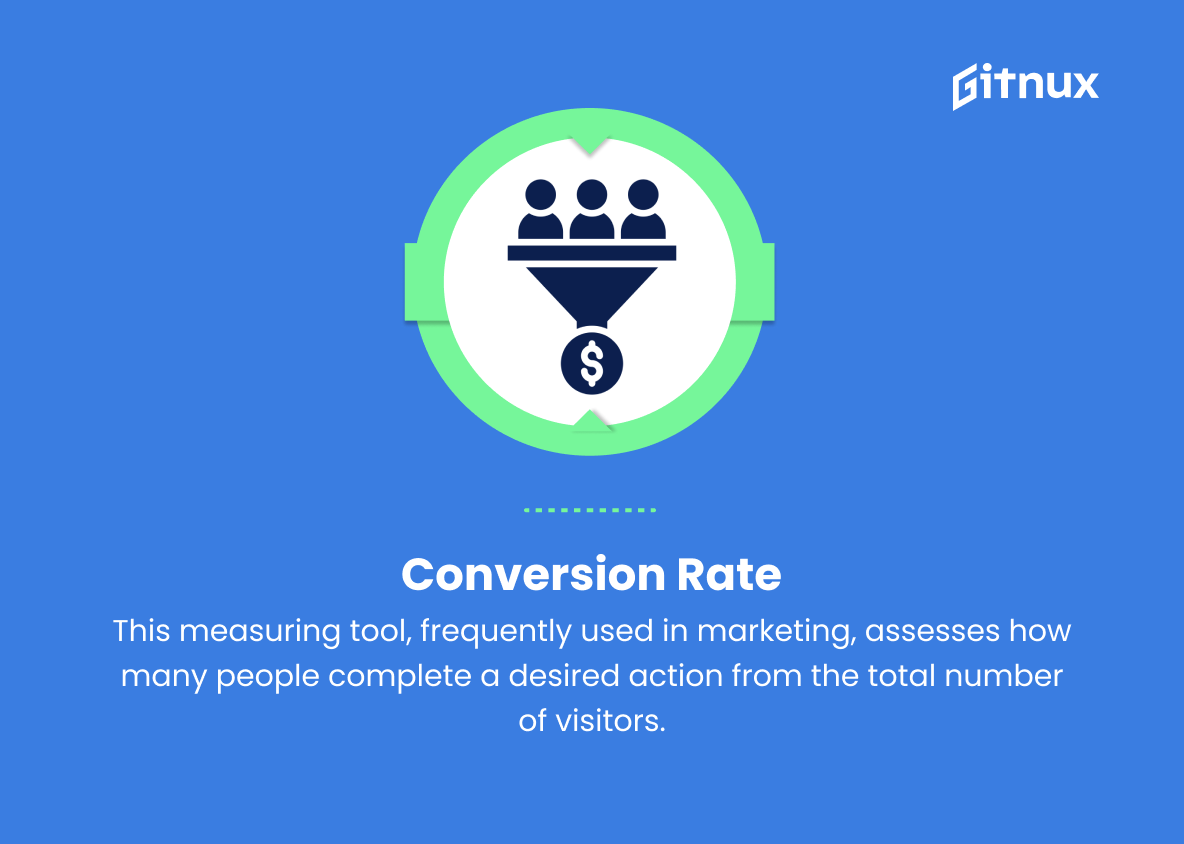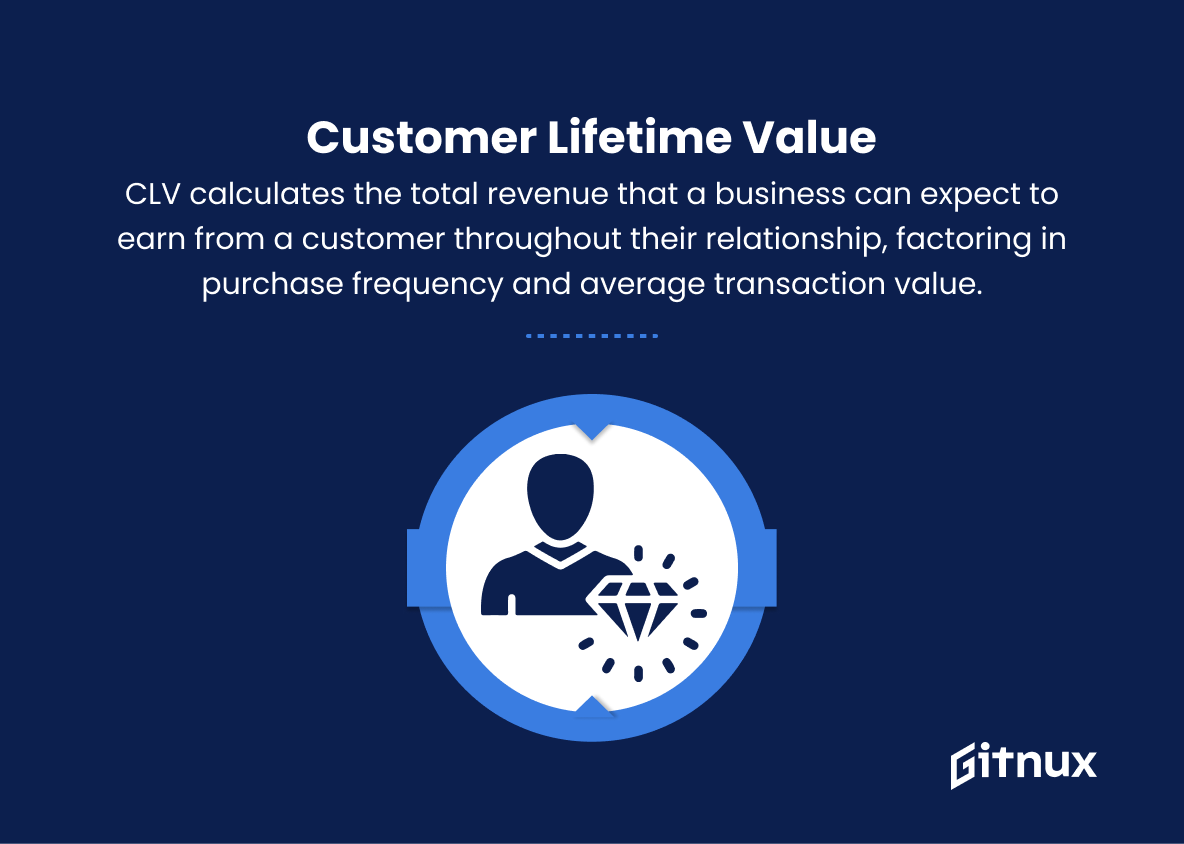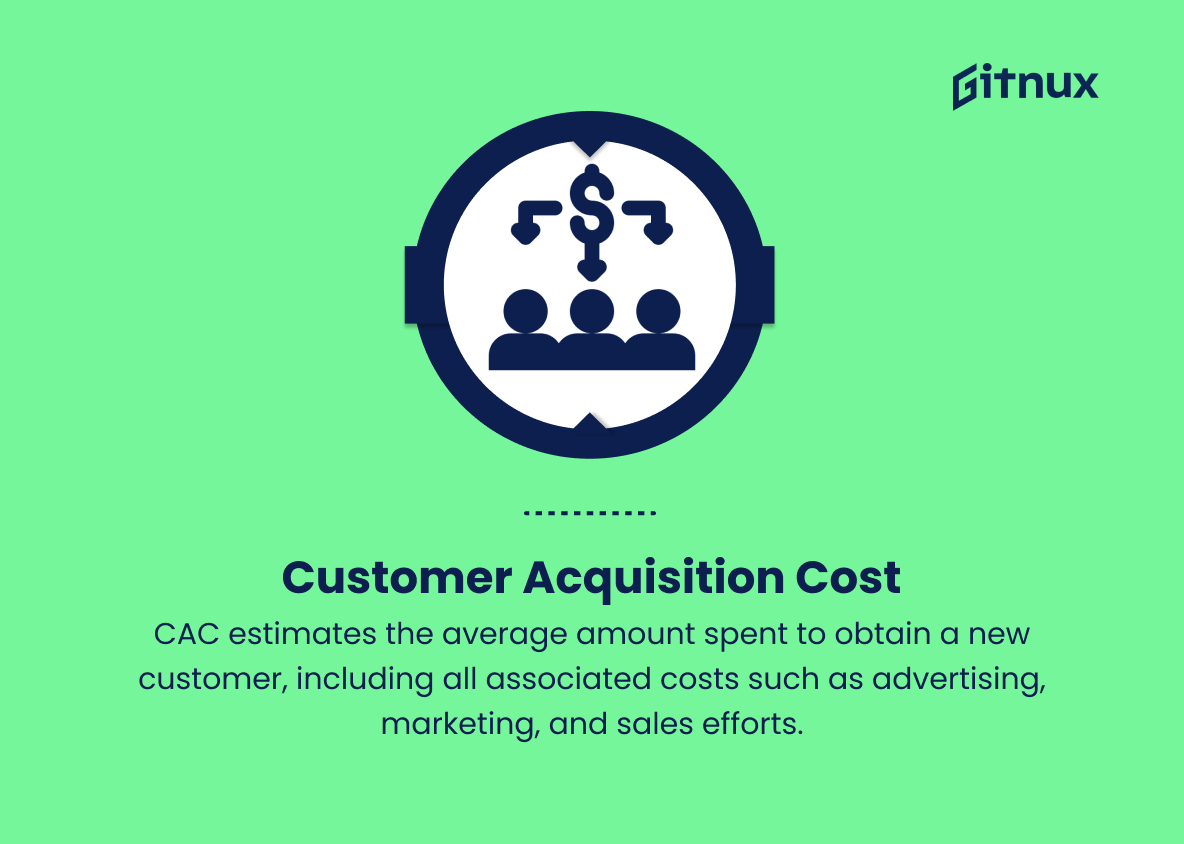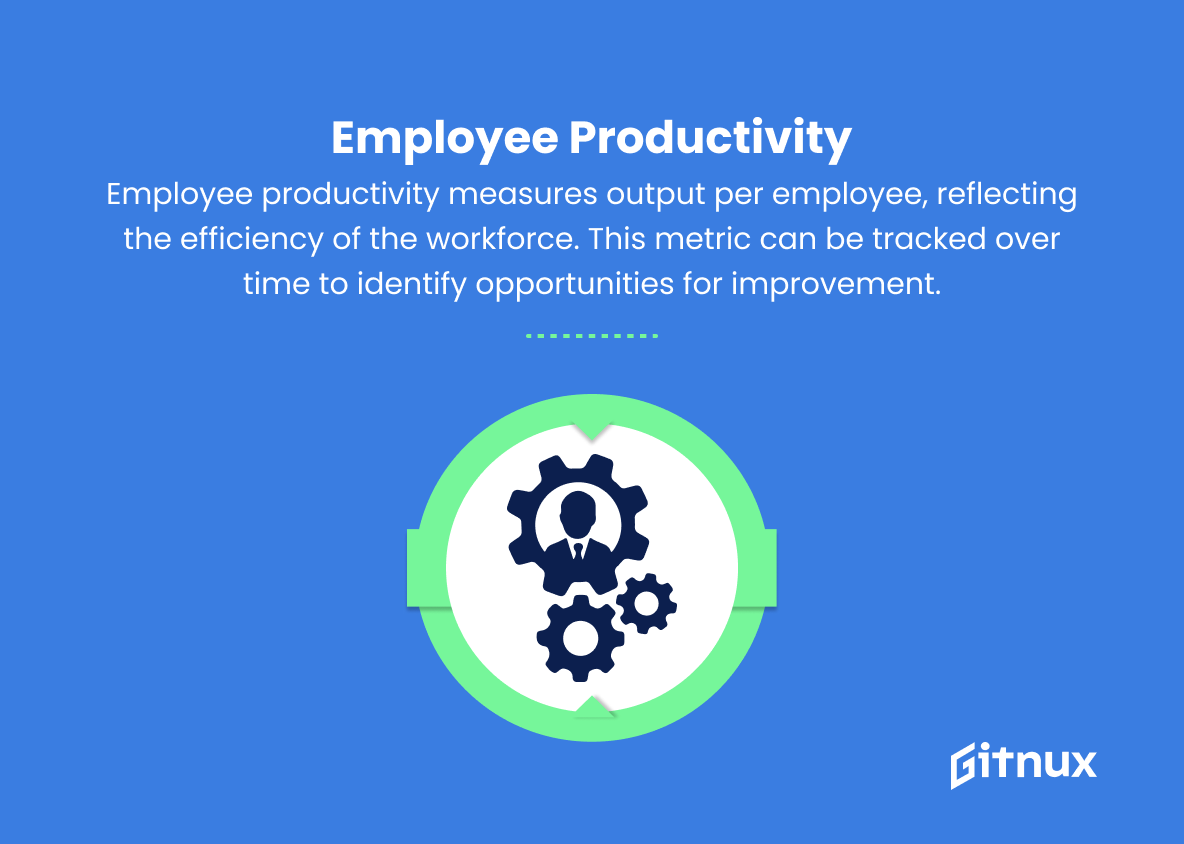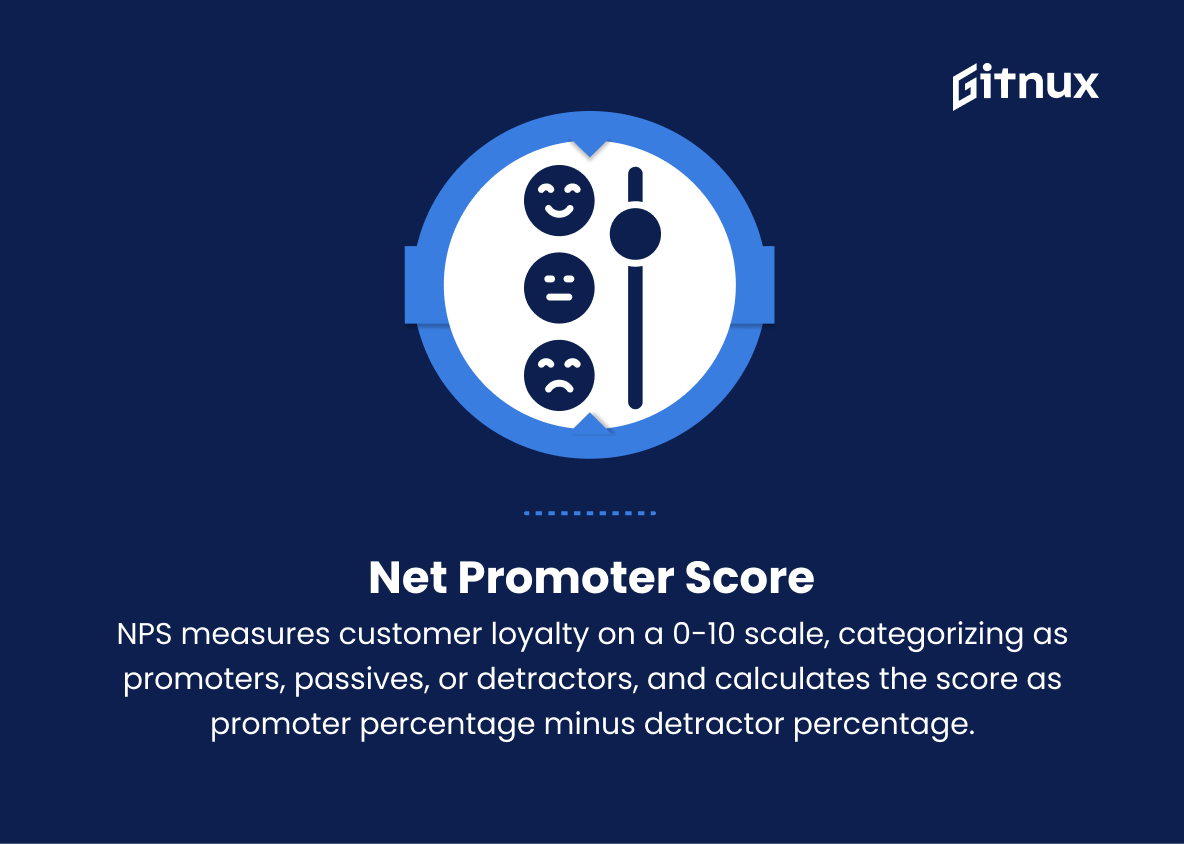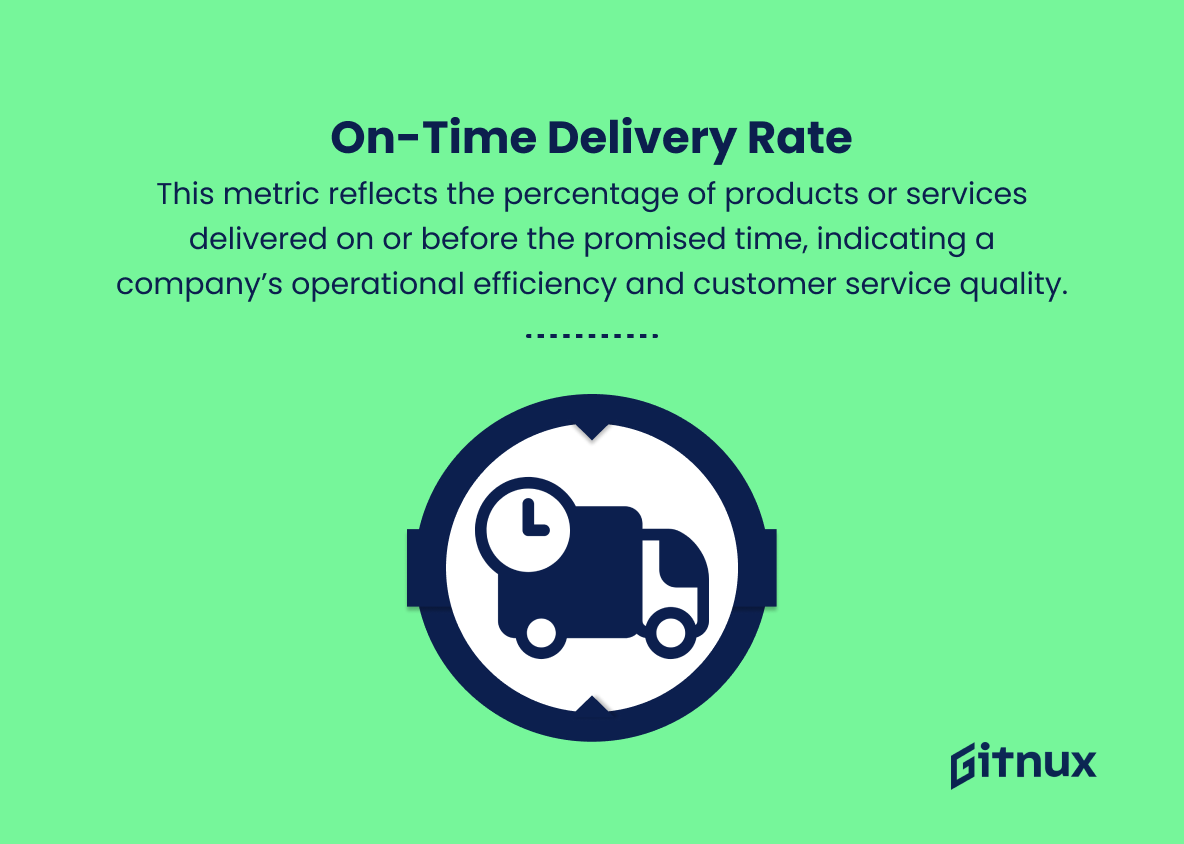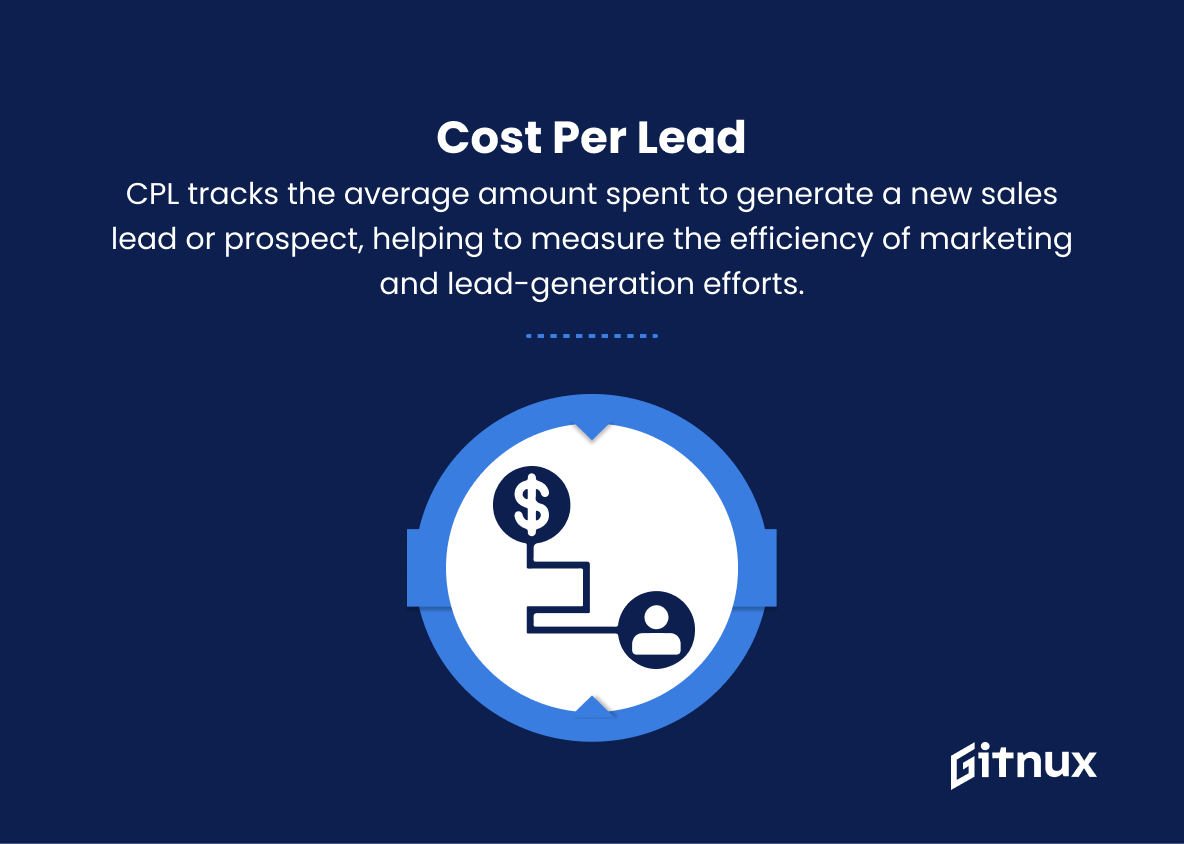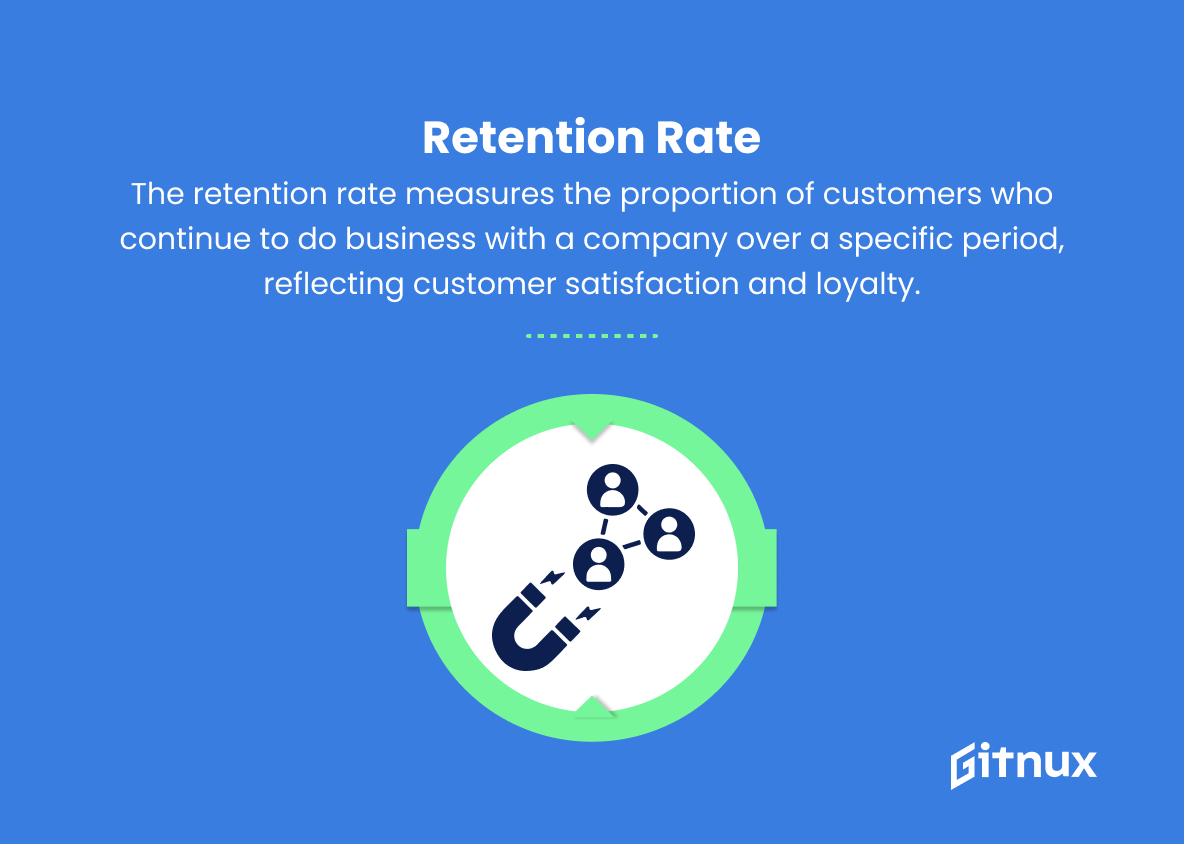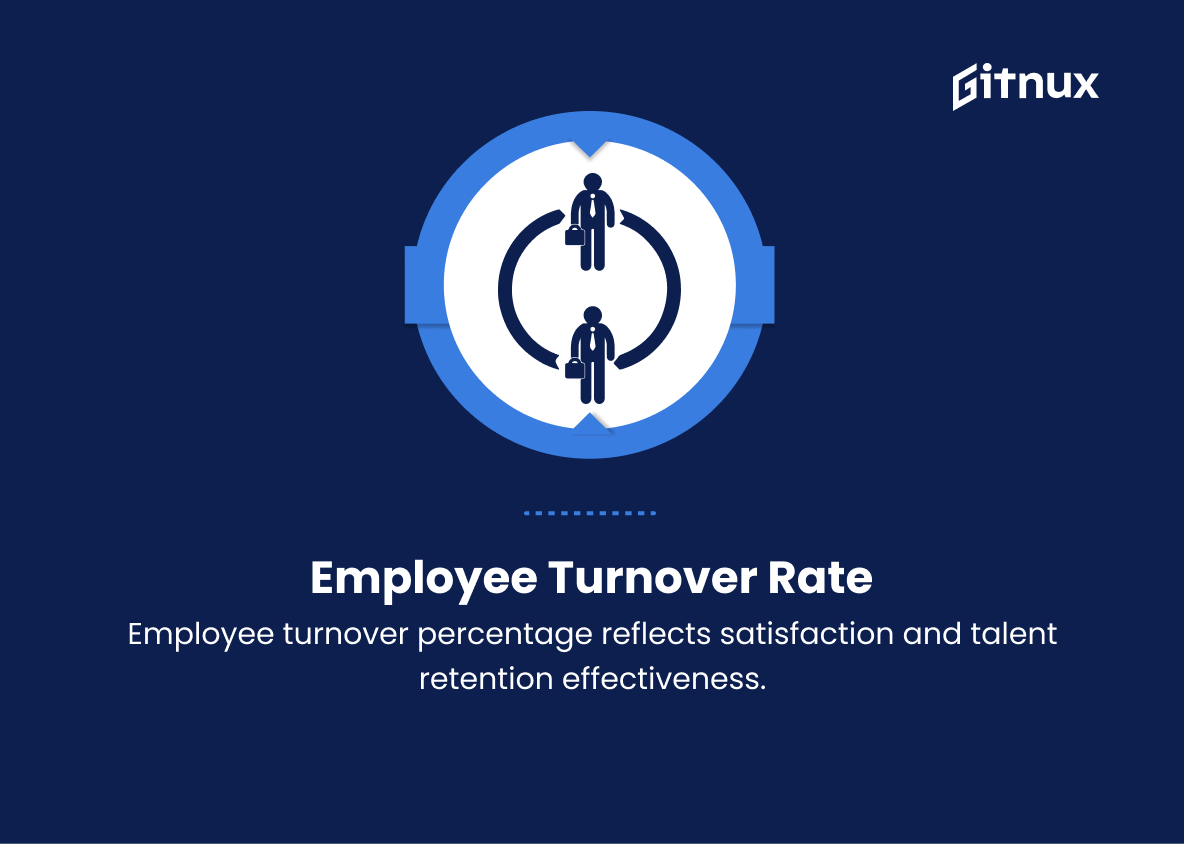In today’s fast-paced and competitive business landscape, organizations must constantly adapt and innovate to stay ahead of the curve. As a result, the ability to measure and quantify success has become more important than ever. Effectiveness metrics provide valuable insights into how well a company is performing and offer a clear roadmap for strategic decision-making.
In this blog post, we will delve into the critical role that effectiveness metrics play in driving growth and success within a flourishing organization. By examining the various types of metrics, their significance, and how to employ them effectively, we will equip you with the tools necessary to create a robust performance evaluation framework tailored to your organization’s unique needs. So, let us embark on this journey towards enhanced organizational effectiveness and long-term success.
Effectiveness Metrics You Should Know
1. Return on Investment (ROI)
ROI measures the financial return a project or initiative generates compared to its total cost. It is calculated as (Net Profit / Cost) x 100 and often expressed as a percentage.
2. Key Performance Indicators (KPIs)
KPIs are quantitative and qualitative measures that are defined and tracked to assess performance against specific objectives or goals.
3. Conversion Rate
This measuring tool, frequently used in marketing, assesses how many people complete a desired action (such as purchasing a product or signing up for a newsletter) from the total number of visitors.
4. Customer Lifetime Value (CLV)
CLV calculates the total revenue that a business can expect to earn from a customer throughout their relationship, factoring in purchase frequency and average transaction value.
5. Customer Acquisition Cost (CAC)
CAC estimates the average amount spent to obtain a new customer, including all associated costs such as advertising, marketing, and sales efforts.
6. Employee Productivity
Employee productivity measures output per employee, reflecting the efficiency of the workforce. This metric can be tracked over time to identify opportunities for improvement.
7. Net Promoter Score (NPS)
NPS is a customer loyalty metric that asks customers to rate their likelihood of recommending the business to others on a scale of 0-10. It classifies customers as promoters, passives, or detractors, and calculates the score by subtracting the percentage of detractors from promoters.
8. On-time Delivery Rate
This metric reflects the percentage of products or services delivered on or before the promised time, indicating a company’s operational efficiency and customer service quality.
9. First Contact Resolution (FCR)
FCR is the percentage of customer inquiries or issues resolved during the initial contact or interaction (whether through phone, chat, email, or social media). It is an important metric for assessing customer service efficiency and effectiveness.
10. Cost per Lead (CPL)
CPL tracks the average amount spent to generate a new sales lead or prospect, helping to measure the efficiency of marketing and lead-generation efforts.
11. Project Management Metrics
These metrics include project completion time, adherence to deadlines, quality of deliverables, communication efficiency, and team collaboration to evaluate the overall effectiveness of project management.
12. Retention Rate
The retention rate measures the proportion of customers who continue to do business with a company over a specific period, reflecting customer satisfaction and loyalty.
13. Employee Turnover Rate
This metric calculates the percentage of employees who leave the organization over a given period, providing insight into employee satisfaction and the effectiveness of talent retention efforts.
14. Utilization Rate
Utilization rate is the percentage of available resources (materials, equipment, or employee time) being used to produce goods or services, reflecting the efficiency of resource management.
15. Balanced Scorecard
This is a strategic performance management tool that combines financial and non-financial metrics to provide a comprehensive view of organizational effectiveness and strategic execution.
Effectiveness Metrics Explained
Effectiveness metrics play a crucial role in evaluating the success and efficiency of various aspects of a business. They capture vital data and provide insights into financial returns, productivity, and customer satisfaction. Metrics such as Return on Investment (ROI) help determine the profitability of a project or initiative, while Key Performance Indicators (KPIs) track progress towards specific goals. Conversion rates and Customer Lifetime Value (CLV) gauge the success of marketing efforts, whereas metrics like Customer Acquisition Cost (CAC) and Cost per Lead (CPL) assess the efficiency of resource allocation for customer acquisition.
Employee Productivity and Employee Turnover Rate provide essential information on workforce management and satisfaction, whereas Net Promoter Score (NPS) gives insight into customer loyalty levels. Analyzing On-time Delivery Rate, First Contact Resolution (FCR), and Project Management Metrics can help improve operational and customer service efficiency. Retention Rate reveals the effectiveness of customer engagement and loyalty programs, while Utilization Rate assesses resource management efficiency. Finally, the Balanced Scorecard offers a holistic view of overall organizational performance by combining financial and non-financial metrics, thus aiding in strategizing and informed decision-making.
Conclusion
In summary, effectiveness metrics play a vital role in determining the success of any campaign, project, or business. Identifying and utilizing the right metrics can help companies make more informed decisions, maximize efficiency, and continually improve their processes. To achieve this, it is crucial to have a clear understanding of the various metrics available, as well as the ability to apply them appropriately to specific situations.
By constantly reviewing and re-evaluating these metrics, businesses can stay ahead of the curve and ensure long-term growth and success. So, whether you’re a seasoned professional or just getting started, remember that staying vigilant in tracking, analyzing, and optimizing effectiveness metrics is vital for making the most informed decisions and ultimately achieving your goals.
